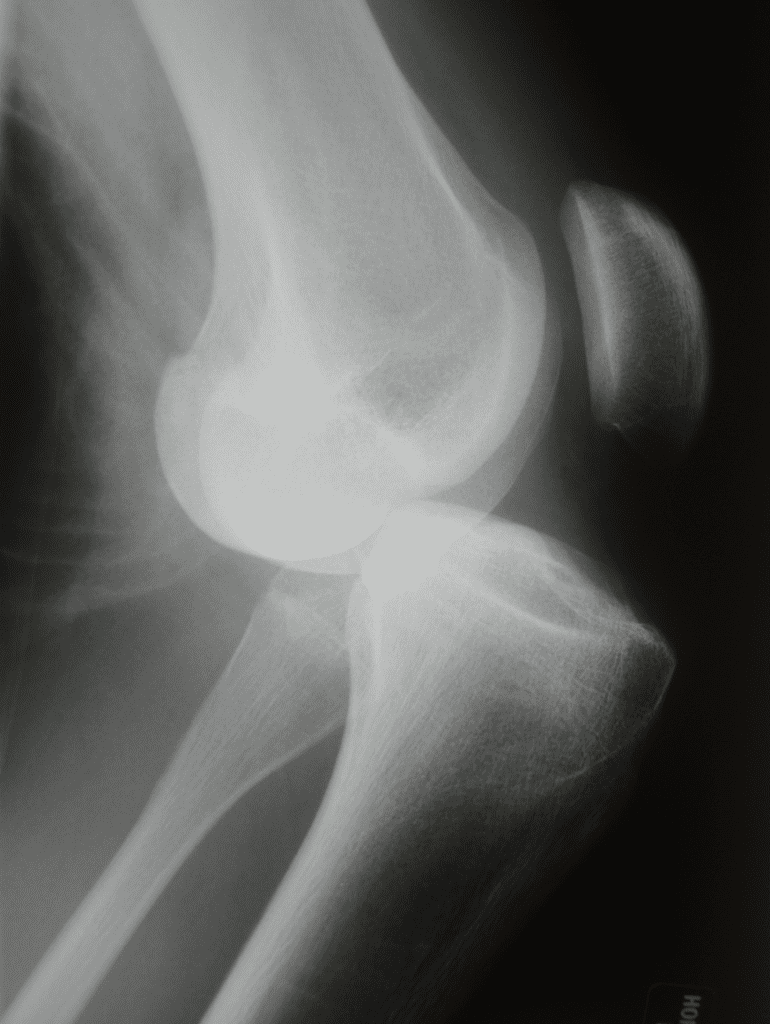ACL tears are a prevalent sporting injury. Sports or activities that involve sudden stopping, running with a change of direction or landing after a jump are considered “at risk” sports. These sports include football (all codes), netball, and basketball. With winter knocking on our door, snow skiing is also high risk. I’ve also seen people tear their ACLs in many other circumstances, including jumping off things, wrestling their mates and even dancing.
When the ACL tears, the knee partially dislocates. The person feels the knee giving way or one bone slipping on the other. Frequently a “pop” or a series of pops are heard. Usually, the player experiences intense pain that may quickly settle into a dull ache. Walking is painful, so usually, the person hobbles off the ground or the court or is supported off. The knee often swells rapidly due to the knee filling up with blood.
I was asked to talk about ACL injuries to a local group of GPs a while ago. It was my experience that the diagnosis of an ACL tear was often missed, as it may sound like a fairly innocuous injury. Therefore, in preparation for that lecture, I reviewed all the ACL injuries I had seen in the preceding two years. That review confirmed my impression, as over half the time, the diagnosis was missed by the first health professional that the injured player consulted, either a doctor or a physiotherapist. Failure to make the correct diagnosis can have significant consequences, especially if someone tries to return to sport.
So if you are playing an “at risk” sport and injure your knee in one of the ways mentioned above, you have an ACL tear until proven otherwise.
For information on how to book a consultation, please visit our Appointments page.


